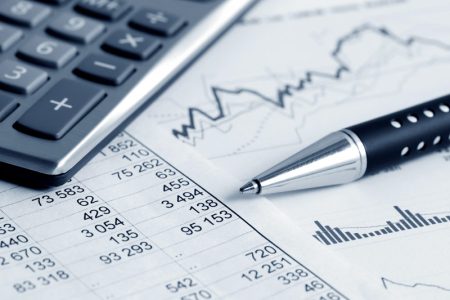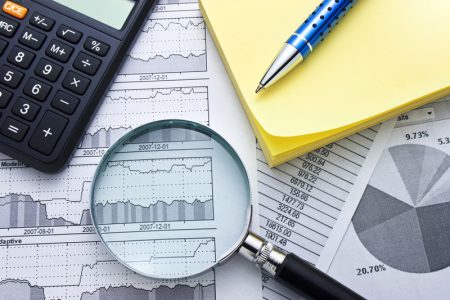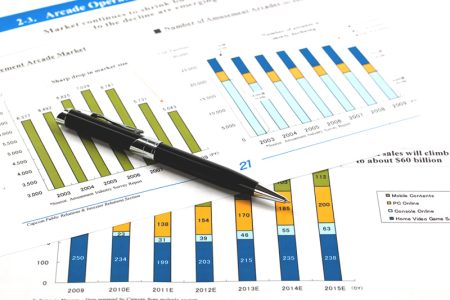BRUSSELS/LONDON (Reuters) -Heineken’s shares rose on Wednesday as it retained its full-year outlook, but the world’s second-largest brewer also warned that tough economic conditions in some markets could weigh on consumer demand for its beers in 2024.
The Dutch maker of Europe’s top-selling lager Heineken (AS:), as well as Sol and Tiger, said it made more money in the third quarter even as customers bought less beer, thanks to higher prices and consumers opting for more expensive lagers.
Chief Financial Officer Harold van den Broek said that tough economic conditions in some markets threatened consumer demand into 2024, which could hinder Heineken’s volume growth in its next financial year.
“I don’t want to call out a generic slowdown across our business,” van den Broek said, adding that there were specific markets it was watching.
Those included Nigeria and Vietnam, both key markets for the company, where economic conditions were already dragging on volumes, as well as Malaysia and Cambodia where there were some concerning trends.
Heineken had also seen some trading down in Poland, while in Italy consumers were still buying expensive drinks but more often on promotions, he continued.
Heineken retained its full-year forecast for operating profit growth in 2023 of between zero and a mid-single-digit percentage, though van den Broek said that Heineken was comfortable with analyst forecasts that put it at the lower end of that range.
Nevertheless, the news cheered some investors who had feared Heineken would have to trim its full-year guidance again.
“After several quarters of miscommunication and over-promising/under-delivery … today’s update should be seen as reassuring,” Citi analyst Simon Hales said in a note.
The company’s shares rose 2.5% in early trade, but had dropped back to stand 0.9% higher by 1242 GMT.
Net revenue before one-offs rose 4.5%, just short of analyst expectations of a 4.8% increase, according to a company-compiled poll, while beer volumes fell 4.2% – slightly less than analyst forecasts.
Read the full article here













